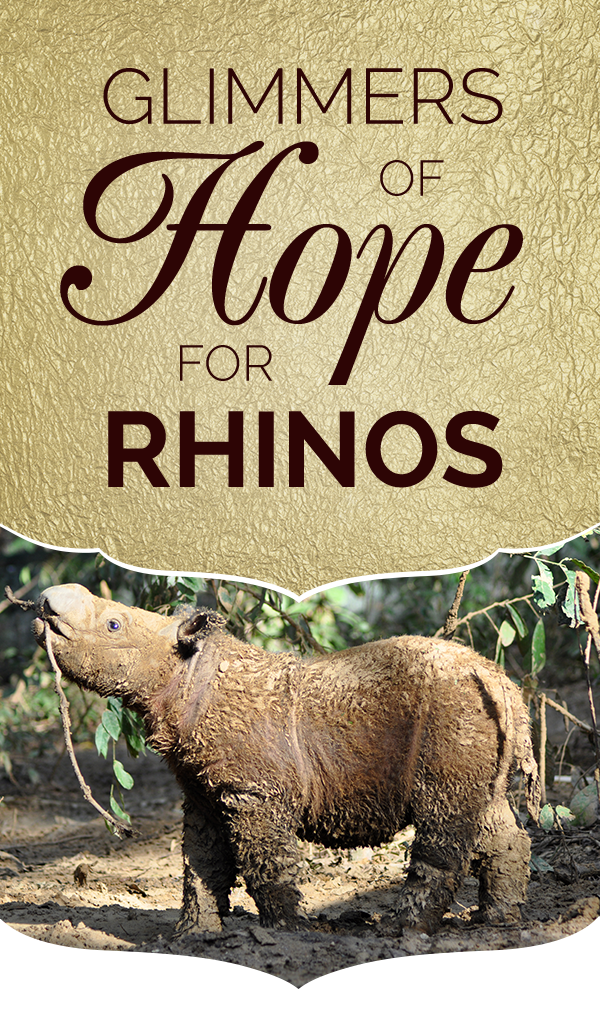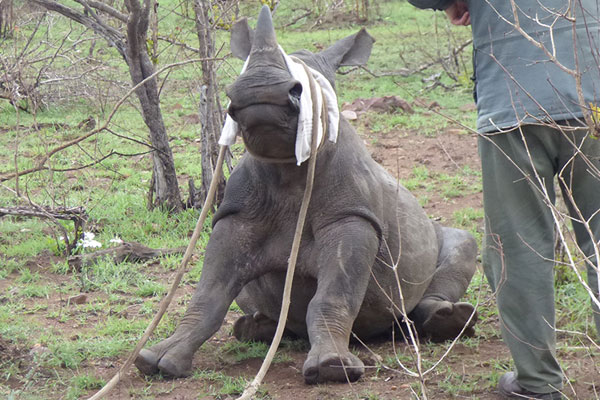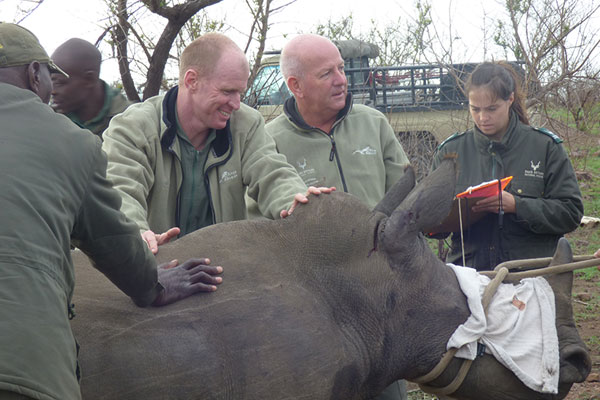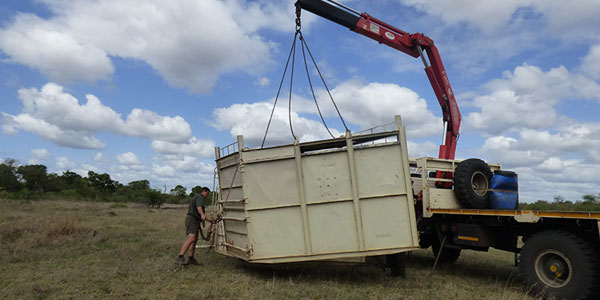Seeing the Light for White Rhinos
 The past year will go down as one of the darkest on record for rhinos. We can’t ignore this unfortunate truth.
The past year will go down as one of the darkest on record for rhinos. We can’t ignore this unfortunate truth.
But amidst all the bad news, there remain glimmers of hope that strengthen our resolve to ensure the survival of rhinos across the globe.
Leading up to the year’s end, we’re going to be sharing stories of rhino conservation that’s working. We’re taking time to celebrate the small victories won by our projects in Africa and Asia, which inspire hope for the future of rhinos.
Seeing the Light for White Rhinos
White rhinos represent one of the greatest conservation successes ever achieved. Once down to 20 animals in South Africa’s Umfolozi Game Reserve, southern white rhinos were brought back from the brink of extinction through the concerted efforts of dedicated conservationists and the South African government. By 2013, white rhino numbers had increased 1,000-fold — up to about 20,000 animals.
Sadly, the outlook for South Africa’s white rhinos is darkening as they bear the brunt of the rhino wars. Numbers are beginning to drop. But increased protection and other measures to safeguard Africa’s rhinos are revealing the light at the end of the tunnel.

In some areas, it may be as “simple” as getting animals out of unsafe areas to safer areas where protection is more feasible. In reality, moving rhinos to safety is no simple task — requiring precise preparation and logistics, impeccable teamwork and timing, and the ability to deal with unforeseen problems that might arise. But it often presents their best chance for survival.
Dr. Susie Ellis, Executive Director of the International Rhino Foundation, was in Africa earlier this month and took these photos of a cow and calf being translocated to safety.

Before translocation, this rhino mother and her calf were a little too close to the Mozambique border area where poaching incursions occur every single day. Moving animals to safer areas — combined with intensive protection and monitoring — are one of the ways that white rhino populations will rebound.
South Africa has lost more than 1,173 rhinos this year. Please join us in snuffing out poaching and igniting hope for rhinos.

Your gift can help us to strategically move rhinos to safer areas in southern Africa; develop rapid deployment teams to respond to poaching incursions; build more guard posts and equip more guards; and work with communities to reward them for information leading to arrests of poachers.

With your support, we can illuminate a path of safety for rhinos. Together, we can see that they survive for current and future generations.

